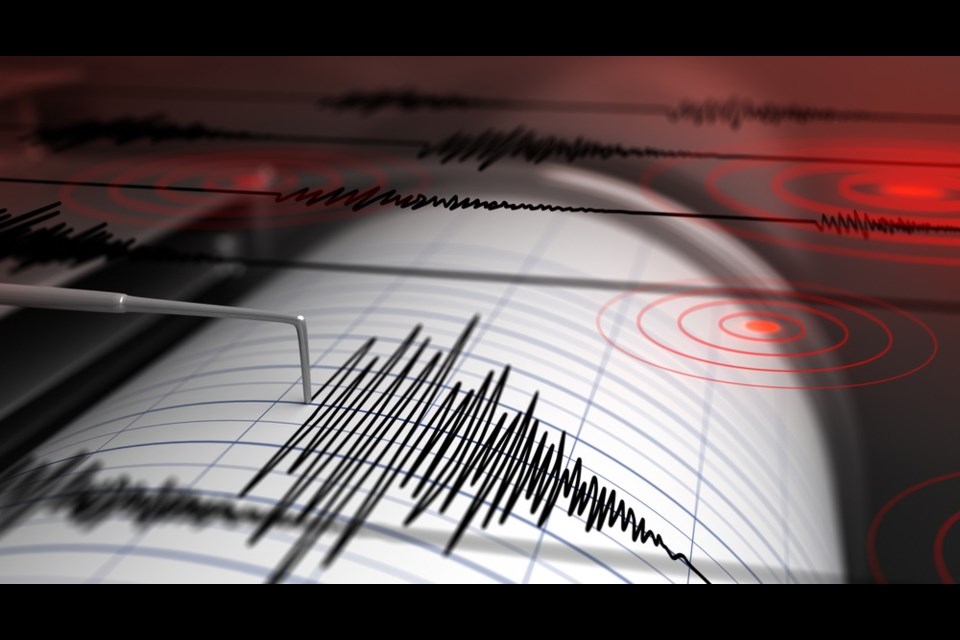That shaking we all felt this morning was an earthquake.
David McGuire from Science North in Sudbury says a 2.2 magnitude earthquake, about two kilometres southeast of North Bay occurred. That would put it in the Callander-East Ferris area.
Many residents felt the shaking, and it appeared to be a blast from a quarry in the city.
That appears not to be the case now.
See: Wow, early explosion rocks the city!
The quake occurred at 9:05 this morning, at latitude 46.3 North and longitude 79.45 west and was at a depth of two kilometres according to Earthquakes Canada.
Did you feel the quake? If so, Earthquakes Canada has a form they'd like you to fill out to help with research.
Find the form here.
City police issued a news release.
"Shortly after 9 a.m. this date the North Bay Police Service received several calls from concerned citizens regarding possible blasting in the area," said Constable John Shultz. "Some of the complainant’s were from different areas both inside and outside the area of North Bay.
"North Bay Police confirmed with Natural Resources Canada that at approximately 9:05 am the North Bay area had a minor earthquake measuring 2.2 on the scale. It was centred just south of the city."
There has been no damage reported so far from today's quake.
Today's quake was located in close proximity to one that shook the Powassan area in October of 2016.
See: Earthquake 3.1 rattles area
The North Bay area is part of an earthquake zone called the Eastern Background Seismic Zone.
According to Earthquakes Canada the largest quake to hit the area was a 6.2 event on November 1, 1935. Called the Timiskaming earthquake, cracks in gravel and sand could be seen. Almost all chimneys were damaged or destroyed, and some cracks developed in brick walls. These conditions persisted 110 km away from the epicenter. The next day, Tee Lake (close to the epicenter) was clouded. It is suspected that sediment which was previously undisturbed was shaken up by the earthquake.
According to Wikipedia, a large quake hit this area in 2000, called the Kipawa Quake. It struck with a magnitude of 5.2 at 6:22 a.m. on January 1. It occurred in the Western Quebec Seismic Zone. The main shock epicenter was located in Lake Kipawa about 10 km (6 mi) north of Témiscaming Quebec and 70 km (43 mi) northeast of North Bay. The shaking associated with this earthquake was strongest within 50 km (31 mi) of the epicenter. It was felt in Témiscaming, North Bay and as far away as Toronto, making it one of the most significant earthquakes in Canada in 2000. The earthquake was triggered by major thrust faults associated with the Ottawa-Bonnechere Graben.
Earthquakes Canada says a quake occurs when rocks break and slip along a fault in the earth. Energy is released during an earthquake in several forms, including as movement along the fault, as heat, and as seismic waves that radiate out from the "source" in all directions and cause the ground to shake, sometimes hundreds of kilometers away.
